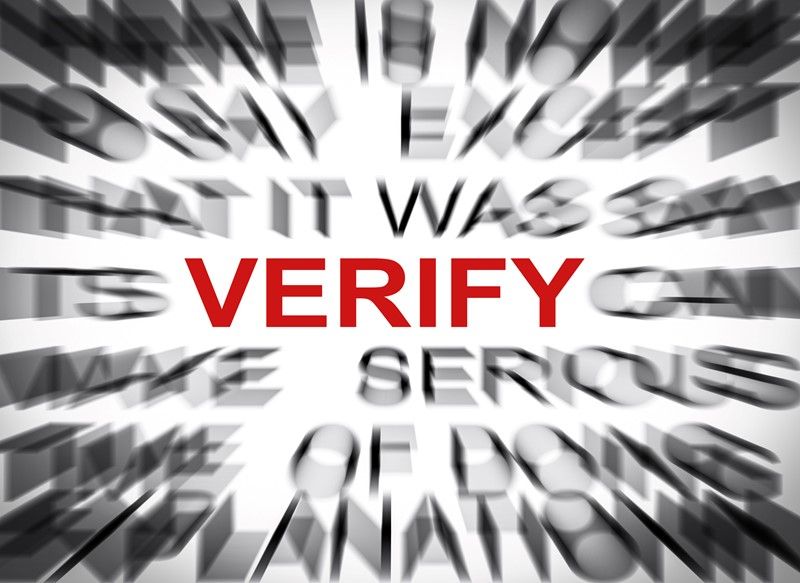How AI is changing your business
Artificial intelligence (AI) is no longer something for big tech firms alone – it is becoming a practical tool for small businesses, especially when it comes to financial management and forecasting.
We can now harness AI tools to speed up data capture, analyse financial trends, and identify opportunities for growth or savings. This is not about replacing people with machines but about making better use of real-time insights to support your decisions.
Here are just a few ways AI is being used to improve the services we offer:
- Automated bookkeeping: AI can process bank feeds, receipts, and invoices more quickly and with fewer errors.
- Cash flow forecasting: Smart systems can identify seasonal trends or highlight risks before they affect your business.
- Performance dashboards: AI-powered platforms can create dynamic reports, giving you a visual summary of profits, margins, and costs.
- Client support: AI tools can help answer common queries faster and track action points across your business operations.
As accountants, we are increasingly integrating these technologies into our advisory work, giving clients deeper insights and more proactive support. The value we offer lies not just in compliance, but in helping you understand the bigger picture.
If you are wondering how AI might benefit your business, or how we are using these tools to improve the service you receive, please do get in touch. We are here to help you get the best from both technology and human expertise.




